Bringing order to your home—and ease to your day—is simpler than you think. It starts with going back to kindergarten. That’s where you’ll find all you ever really needed to know about organization, says Julie Morgenstern.
An organizing and productivity consultant, New York Times best-selling author and public speaker, Morgenstern has designed thousands of homes, offices and schedules on the perfect model of organization: the kindergarten classroom.
“I’ve been teaching the kindergarten model for a very long time, and it works really well,” says Morgenstern, whose clients have included individuals, families, Fortune 100 companies, even Oprah Winfrey and Nancy Sinatra, and who has shared organizing advice on The Rachael Ray Show, Today and Good Morning America.
“Basically, you create different zones in your home for different activities.”
And then, life falls into place.
Think about it. A kindergarten classroom offers a clear visual menu of everything important to students.
A reading nook here. A computer station there. Here, an art center and, over there, a dress-up zone.
“You know when you’re in that dress-up zone, it’s all about dress-up,” Morgenstern says. “A designated zone gives you everything you need — stored at its point of use.”
The result is an organizational approach easily adapted to your home, where clarity of purpose is vital in 2020.
“Right now, we have a lot more activities going on inside our own four walls,” Morgenstern says. “We have work. We have school. We have different interests we’re trying to pursue. We have hobbies. We have relationships. We have relaxation.”
We have emotions, too. Oh boy, do we have emotions.
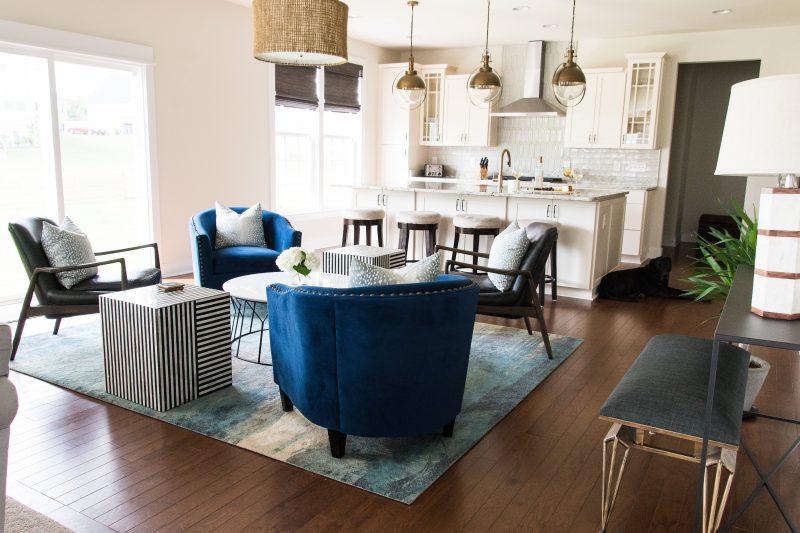
“Every day, people move through five or six different emotional states, from determined and energetic, to sad and despairing, to optimistic and hopeful,” Morgenstern says. “It’s really easy to kind of fall into a malaise because what everyone is going through is just exhausting.”
That’s why the state of your space is so important. It’s the invisible hand that guides your day, for better or worse.
“Our environment creates all these visual and sensory triggers that affect our mood, our mind, our energy, our brainpower,” Morgenstern says. “We all know that color in a space can make such a difference, as can clutter or the lack thereof, as can lighting and greenery.”
Staging your home for different activities, like a teacher would in a classroom, is about creating an environment that helps you reach your goals.
The kindergarten model is as easy as ABC, Morgenstern says, whether you live in a four-story brownstone or a tiny house.
“I work in Manhattan with clients who live in studio apartments. It’s a mindset, and it’s challenging. But you can do it.”
Here are a few ideas to get you started.
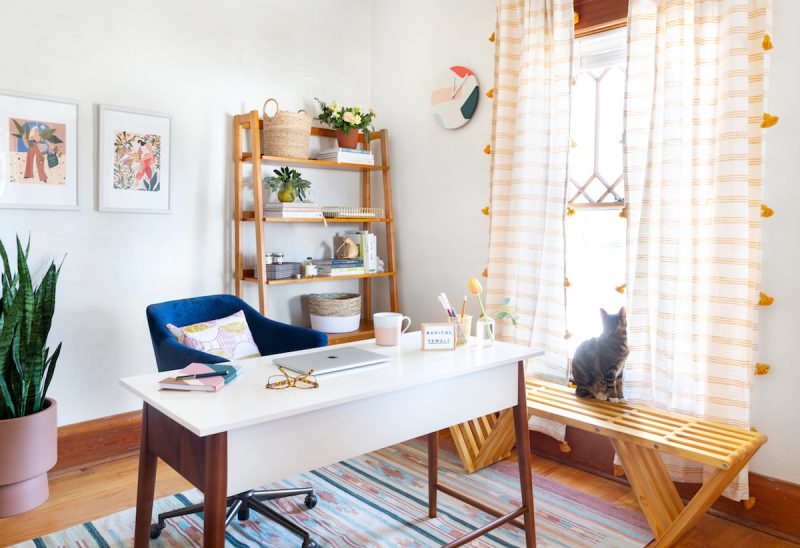
A comfort corner is exactly what it sounds like: a space in your home designed solely to comfort you.
Think of it as Time Out for adults. But you don’t get sent there for being bad. You seek it out when you need good energy.
“Whenever you get overwhelmed or overloaded, you go to the comfort corner,” Morgenstern says. “I’ve had people really take that idea and run with it.”
One of her clients stocked her comfort corner with adult coloring books and colored pencils: “She goes there, and that’s all she does. And she said it’s really gotten her through it.”
If coloring isn’t your thing, consider creating a comfort corner:
- Outside. On your apartment balcony, under a shade tree, in a porch swing. Or inside with a clear view of the outdoors.
- With common scents. A vase of fresh, fragrant flowers, a scented candle, an essential oil diffuser (citrus energizes, lavender calms).
- For meditating. Use an app like Headspace to get started.
- Featuring a family heirloom. A cherished quilt, photos of loved ones far away, a teddy bear that’s dried countless tears.
If you live with others, everyone can share the same comfort corner. “When someone is there, it’s a signal: That person is overwhelmed,” Morgenstern says. “We need to go help them.”
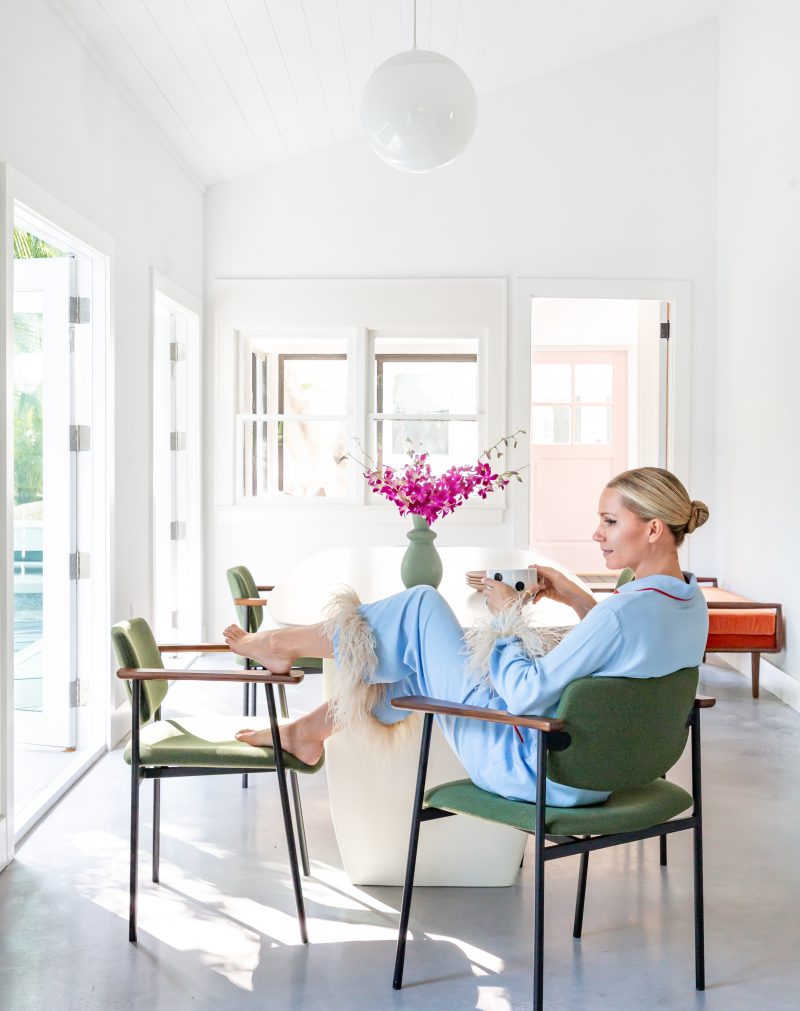
After hours of work and school, turn your attention to a common space where family members can connect and enjoy each other’s company.
Use environmental cues to signal the shift in mood and purpose:
- Change the lighting.
- Pop open a bottle of sparkling grape juice (or whatever special-occasion beverage suits your household).
- Play a song that makes you feel like dancing (rotate DJ duties each afternoon).
“You need a place that is the family decompression zone,” says Morgenstern, whose most recent book is “Time to Parent: Organizing Your Life to Bring Out the Best in Your Child and You.”
That might mean moving a few board games from the hall closet to family room shelves for easy access. Instant evening game room.
Or it might mean moving the day’s work from the dining room table into the credenza, and replacing it with a Lazy Susan—a signal to all that the workday is done, and dinner is on the way.
A parent that Morgenstern knows designated one of the home’s beds as a reading island. “No technology is allowed on the island. Only books,” she says.
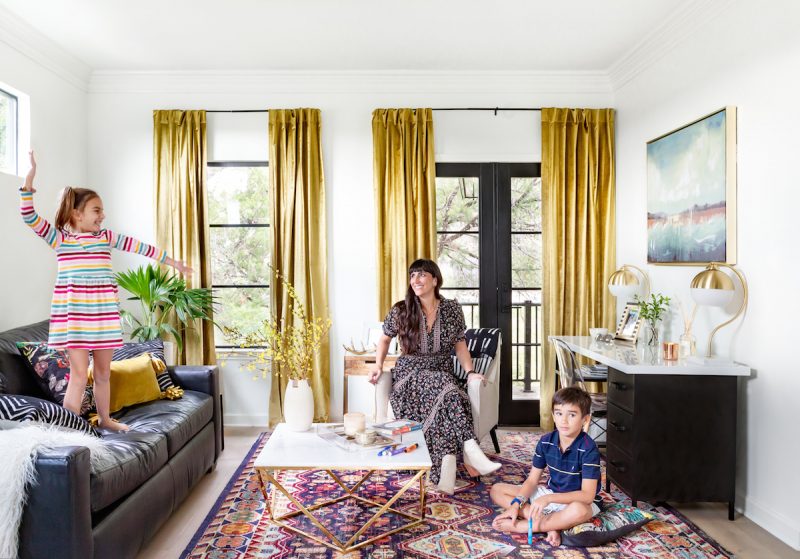
Staging a workout station can help you hit your stretch goals. Again, it’s all about easy access and retrieval.
If you practice yoga in your den, store your yoga mat, block and resistance bands in a decorative basket there.
If you run with the dog or baby, have everything you need near the front door, staged and ready to roll. Leash, jogging stroller, running shoes.
If you plan to work out first thing in the morning, lay out your Lululemon the night before, so you’re ready to warm up when you wake up.
The goal is “to remove all obstacles – and make everything attractive and inviting,” Morgenstern says.
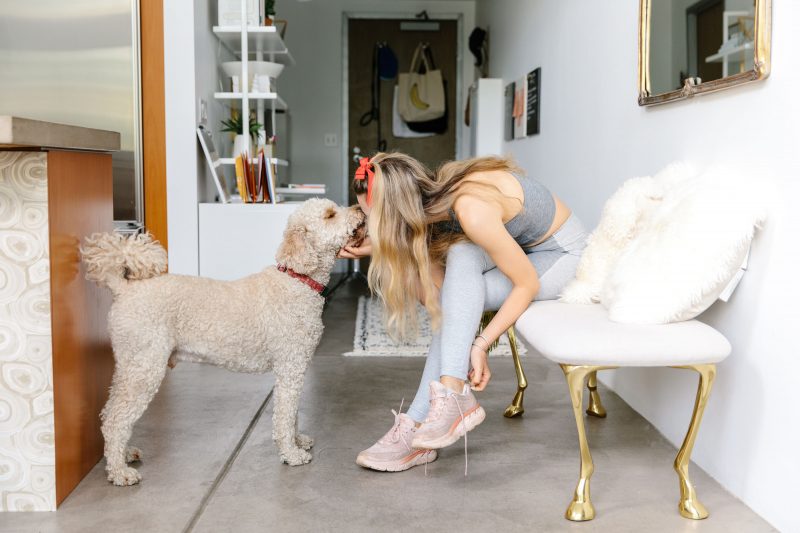
Losing yourself in a creative activity, whether baking, knitting or music-making, is a healthy way to manage stress. Research has shown it lowers levels of cortisol, your body’s main stress hormone.
If you’re artistically inclined, Morgenstern suggests setting up “an actual art zone for yourself, and art is all you do there.”
It can be as small as a box of pastels and a sketchpad arranged on the kitchen table when you anticipate an art session. “If it’s hidden on a shelf or you have to pull it out of a drawer, it’s not going to invite you.”
Before your work day begins, stage your creation station to look enticing, maybe with a piece of art that inspires you.
And set the time and intention in your mind: “When I finish my work day, I’m going to walk around the block, come back and do my art for 20 minutes.
“And only do it for 20 minutes,” Morgenstern says. “Small bursts of time are much more doable and manageable. You can follow up. You can’t say, ‘I’m going to do art for two hours.’ It’s too hard.”
In all you do, be your own best kindergarten teacher – one who has realistic expectations and only the best intentions.
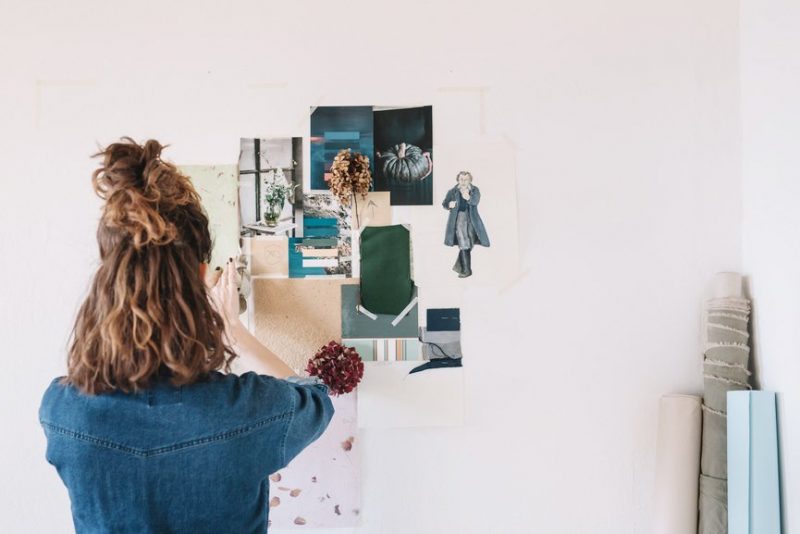
Want to increase your productivity? Learn how to delegate. You take Havenly’s style quiz, and our interior designers will take care of the rest.

